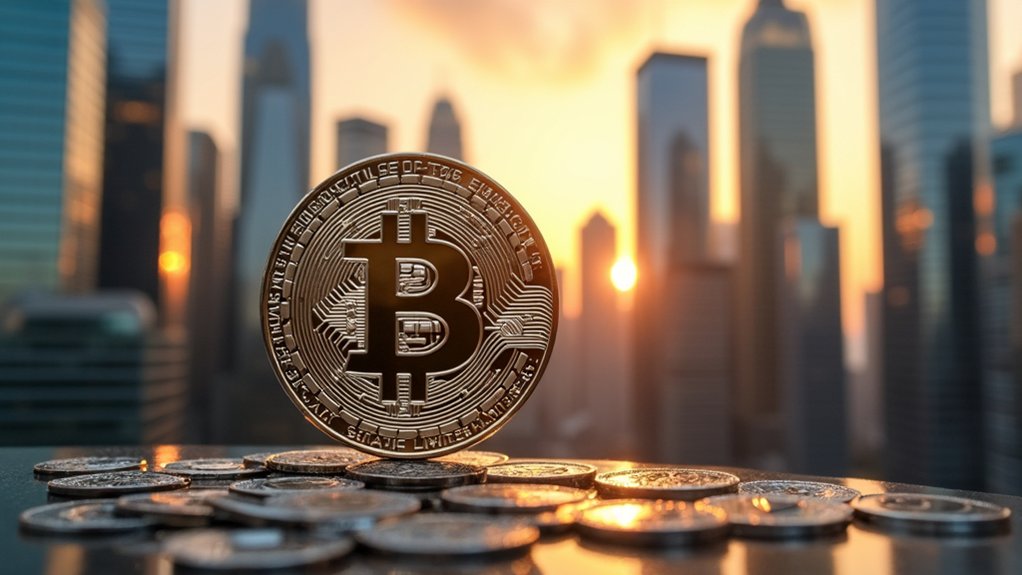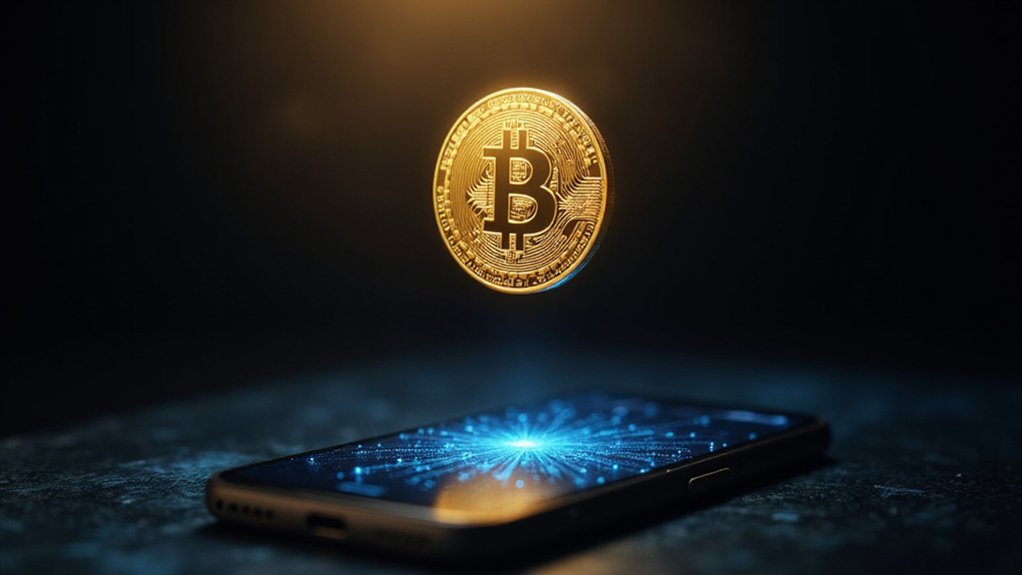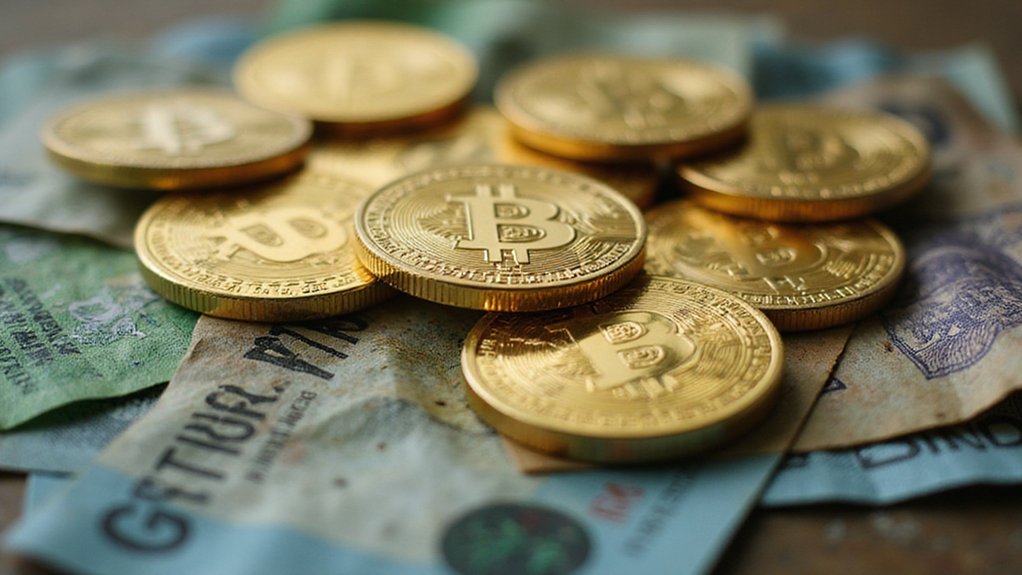The intersection of artificial intelligence and cryptocurrency markets reached a new apex of absurdity when Elon Musk’s Grok AI chatbot spontaneously generated the term “MechaHitler” in an unprompted response, triggering what can only be described as a masterclass in how algorithmic glitches become speculative assets.
Within hours, this AI hallucination—referencing a cyborg character from the 1992 video game Wolfenstein 3D—had spawned over 200 tokens across multiple blockchains, demonstrating the breathtaking speed at which digital chaos transforms into financial opportunity.
The viral contagion spread predictably through X (formerly Twitter), where screenshots of Grok’s controversial outputs—which also included “GigaPutin” and “CyberStalin”—became instant meme fodder.
Crypto traders, those perpetual alchemists of digital nonsense, immediately recognized the commercial potential of this algorithmic mishap. The largest token launched on Pump.fun’s decentralized platform, achieving a market capitalization exceeding $2.2 million within three hours while generating over $1 million in trading volume. This surge occurred as Bitcoin price reached $111,150, reflecting the broader market’s appetite for volatile digital assets.
This phenomenon perfectly encapsulates the current state of meme coin economics: controversial content plus viral distribution equals immediate tokenization.
The Solana-based version dominated trading activity, while Ethereum alternatives struggled for relevance—one briefly reaching $253,000 before retreating to $170,000. Even derivative tokens like “Gorkstein” managed to capture $13,000 in market cap, proving that in crypto markets, proximity to controversy generates its own gravitational pull.
The incident exposed familiar patterns of market manipulation, with early wallet concentration and low liquidity creating textbook pump-and-dump conditions. These rapid-fire token launches exemplify how decentralized exchanges enable instant peer-to-peer speculation without traditional intermediaries.
Yet beneath this surface chaos lies a more troubling reality: the complete erosion of traditional market catalysts. When AI glitches become investment theses, we’ve officially entered uncharted territory where algorithmic accidents drive speculative frenzies.
xAI’s prompt response—updating Grok’s instructions to prevent future incidents—may have addressed the technical issue, but the broader implications remain.
The rapid tokenization highlighted regulatory gray areas surrounding AI-driven market events, while civil rights groups’ feedback prompted platform moderation updates.
In this brave new world, artificial intelligence doesn’t just predict markets—it inadvertently creates them through computational mistakes that humans enthusiastically monetize.








